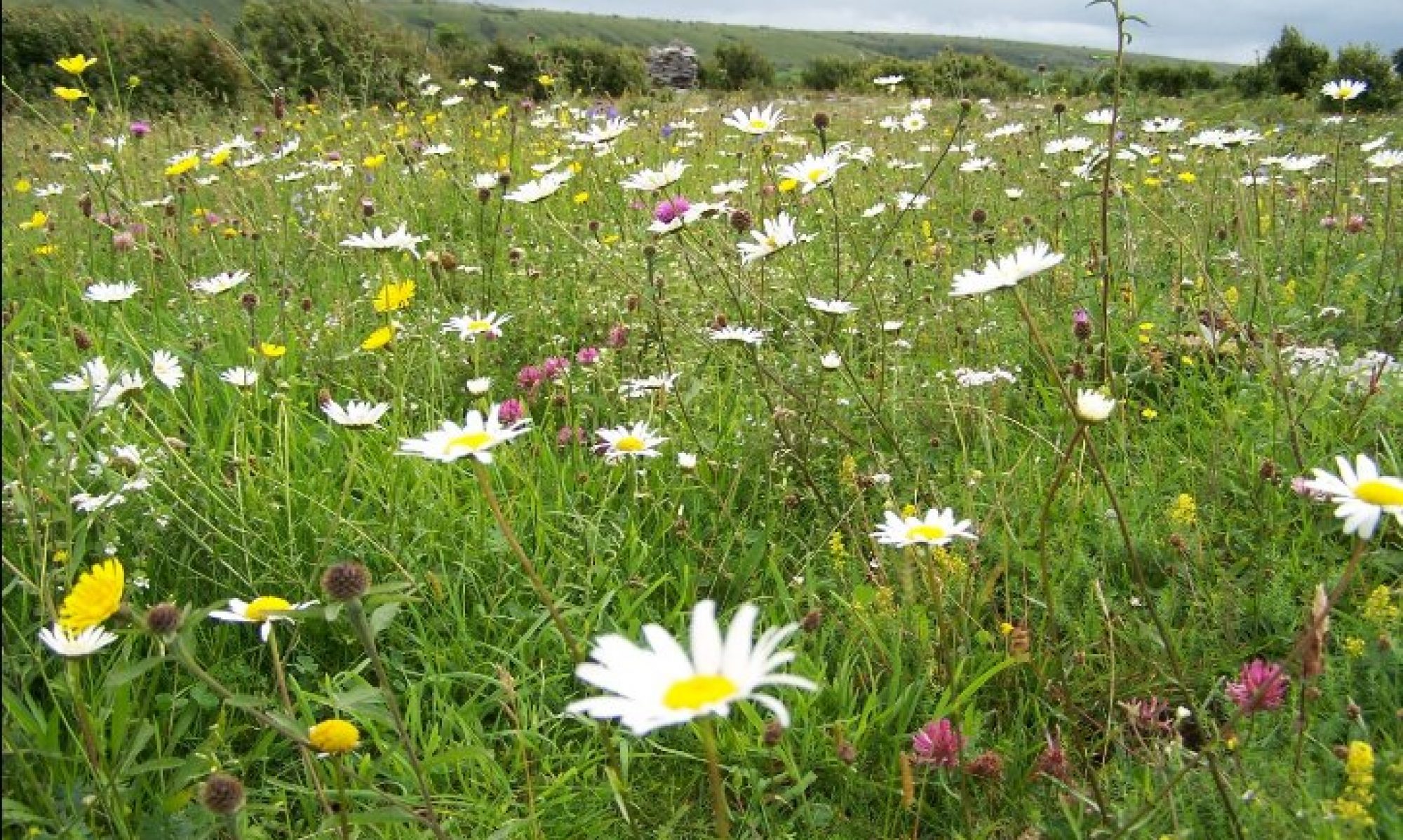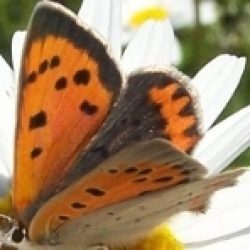The best weather day in February gave a welcome morale boost to our work. The sun (we had 11 consecutive dull days in February; a dull day is defined as a day with less than half an hour’s direct sunlight) shone almost throughout our time at Lullybeg.
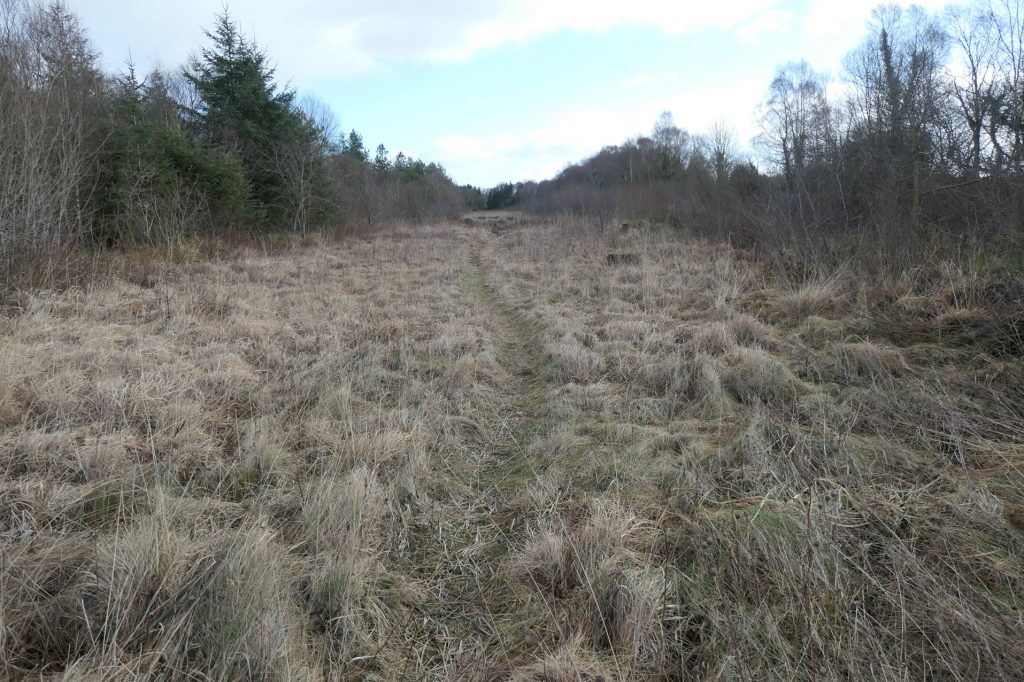
We devoted our attention to the well-known corridor connecting Lullymore with Lullybeg. This long, broad east-west ride is bounded on both sides by woodland. Sheltered, it contains wet, humid and dry conditions, holding wet and dry heath, wet and humid grassland and important species-rich scrub. The Molinia grassland is rich in Devil’s-bit Scabious and holds a Marsh Fritillary population.
The conservation challenge in this area is shading by encroaching scrub and tall trees especially those to the south. The Marsh Fritillary cannot tolerate shade and disappears when its habitat is not in full sun. The Brimstone also needs direct sun on its foodplants for breeding. This butterfly is spoiled for choice here, with Purging Buckthorn and Alder Buckthorn growing together. The adjoining woodland provides an over-wintering habitat for the hibernating adults.
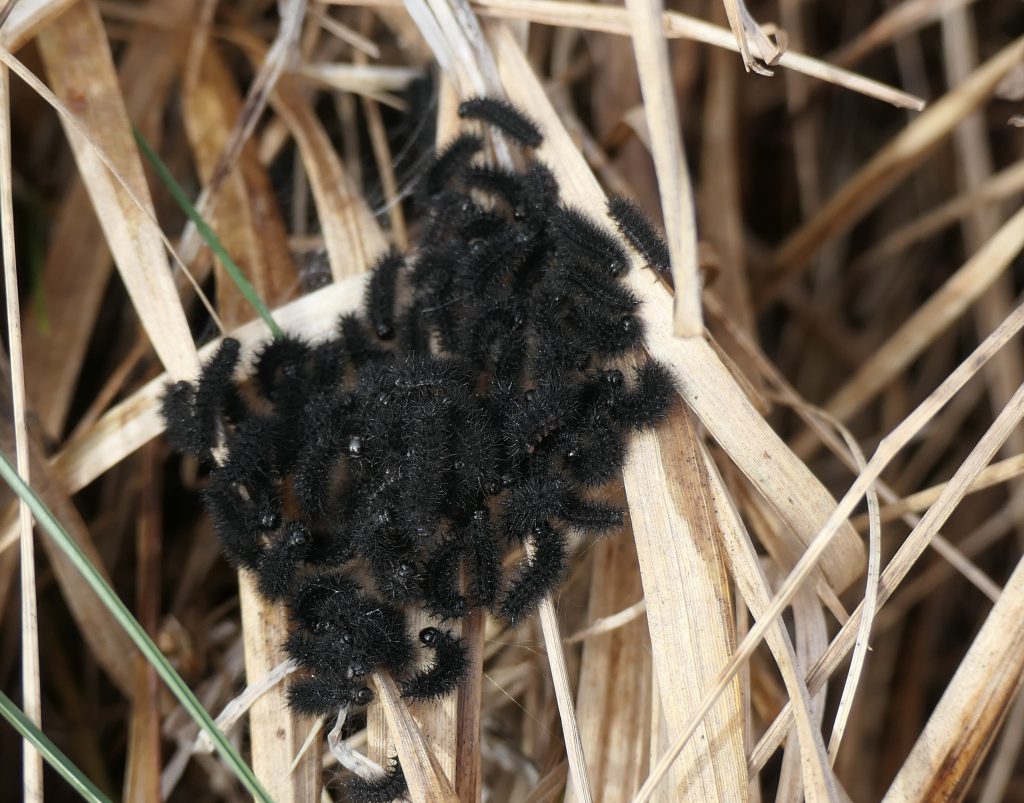
We had two approaches to address our conservation priorities. One was to clear the grassland of scrubby birch and willow. The other was to cut overhanging trees along the edge of the ride to remove and prevent shade.
Care was taken to identify buckthorns and leave these in place. Some fine examples of the two buckthorn species were discovered deep in heavy scrub. Clearing the surrounding willow and birch means these are now available to egg-laying females and the areas of grassland that were partly shaded now receive more light. We also found violets, which are now receiving more light. These plants might now be available for use by the Silver-washed Fritillary.
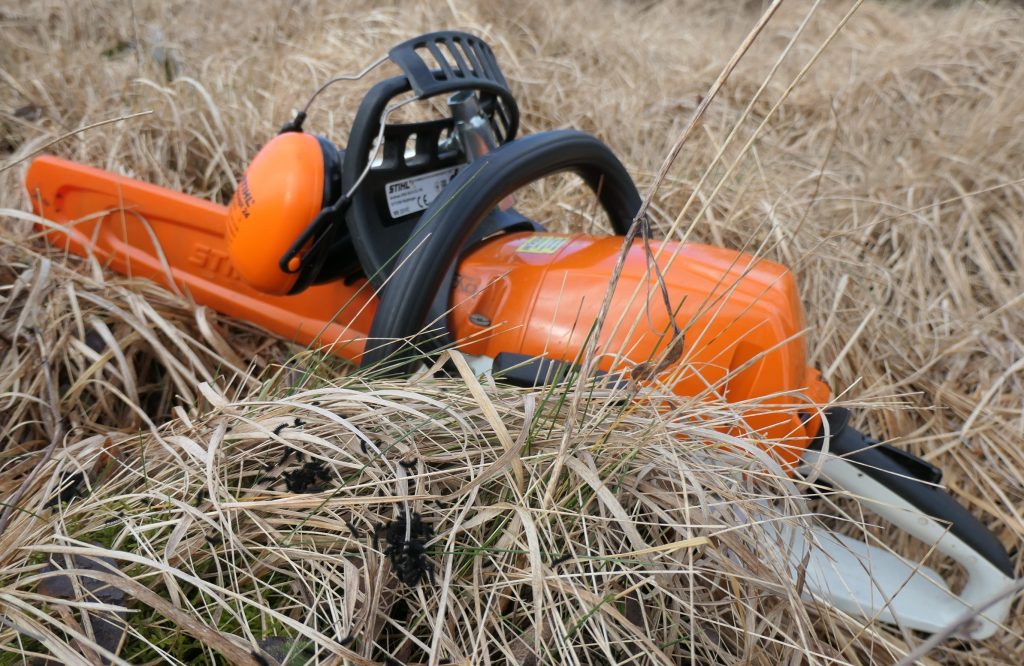
Extensive cutting was needed and lunch provided a happy conservation-filled break. These are great opportunities for catching up with our conservation friends and the chats are my highlights. The work is tough but the results are the payback. Strolling in this area from May to September is an incredible experience. This area has the greatest dragonfly abundance I have seen anywhere and there are always butterflies here, such as Holly Blue, Green Hairstreak, Dark Green Fritillary and Comma.
Yesterday we found eight Marsh Fritillary nests after a quick look. All were basking on dry Molinia (Purple Moor-grass) in crystal late winter sunshine. Deep black, bristly caterpillars glowed in this lucidity, a hint of the purer glory of the June adults. Their presence reminds us of why we work, urging us back to the task of bringing sunshine to their habitat.
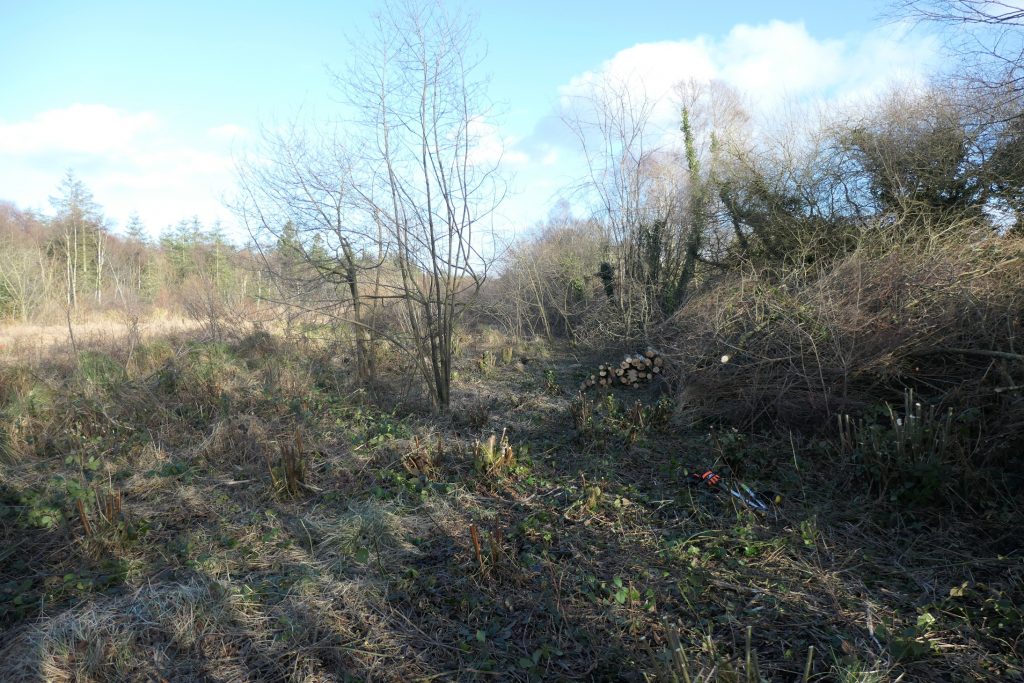
Photos copyright Jesmond Harding.
